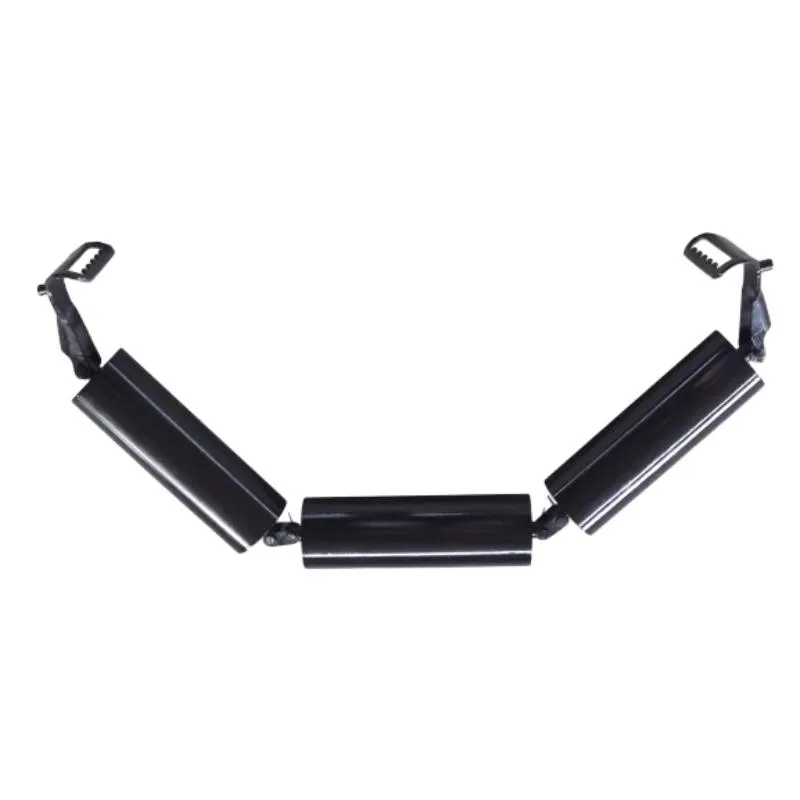 Afrikaans
Afrikaans  Albanian
Albanian  Amharic
Amharic  Arabic
Arabic  Armenian
Armenian  Azerbaijani
Azerbaijani  Basque
Basque  Belarusian
Belarusian  Bengali
Bengali  Bosnian
Bosnian  Bulgarian
Bulgarian  Catalan
Catalan  Cebuano
Cebuano  Corsican
Corsican  Croatian
Croatian  Czech
Czech  Danish
Danish  Dutch
Dutch  English
English  Esperanto
Esperanto  Estonian
Estonian  Finnish
Finnish  French
French  Frisian
Frisian  Galician
Galician  Georgian
Georgian  German
German  Greek
Greek  Gujarati
Gujarati  Haitian Creole
Haitian Creole  hausa
hausa  hawaiian
hawaiian  Hebrew
Hebrew  Hindi
Hindi  Miao
Miao  Hungarian
Hungarian  Icelandic
Icelandic  igbo
igbo  Indonesian
Indonesian  irish
irish  Italian
Italian  Japanese
Japanese  Javanese
Javanese  Kannada
Kannada  kazakh
kazakh  Khmer
Khmer  Rwandese
Rwandese  Korean
Korean  Kurdish
Kurdish  Kyrgyz
Kyrgyz  Lao
Lao  Latin
Latin  Latvian
Latvian  Lithuanian
Lithuanian  Luxembourgish
Luxembourgish  Macedonian
Macedonian  Malgashi
Malgashi  Malay
Malay  Malayalam
Malayalam  Maltese
Maltese  Maori
Maori  Marathi
Marathi  Mongolian
Mongolian  Myanmar
Myanmar  Nepali
Nepali  Norwegian
Norwegian  Norwegian
Norwegian  Occitan
Occitan  Pashto
Pashto  Persian
Persian  Polish
Polish  Portuguese
Portuguese  Punjabi
Punjabi  Romanian
Romanian  Russian
Russian  Samoan
Samoan  Scottish Gaelic
Scottish Gaelic  Serbian
Serbian  Sesotho
Sesotho  Shona
Shona  Sindhi
Sindhi  Sinhala
Sinhala  Slovak
Slovak  Slovenian
Slovenian  Somali
Somali  Spanish
Spanish  Sundanese
Sundanese  Swahili
Swahili  Swedish
Swedish  Tagalog
Tagalog  Tajik
Tajik  Tamil
Tamil  Tatar
Tatar  Telugu
Telugu  Thai
Thai  Turkish
Turkish  Turkmen
Turkmen  Ukrainian
Ukrainian  Urdu
Urdu  Uighur
Uighur  Uzbek
Uzbek  Vietnamese
Vietnamese  Welsh
Welsh  Bantu
Bantu  Yiddish
Yiddish  Yoruba
Yoruba  Zulu
Zulu conveyor belt idlers
The Importance of Conveyor Belt Idlers in Material Handling Systems
Conveyor belts are fundamental components in modern material handling systems, primarily utilized in industries ranging from mining and manufacturing to logistics and warehouse management. One of the key elements that contribute to the efficiency and functionality of conveyor belts is the idler. Understanding the role of conveyor belt idlers can significantly enhance operational performance and equipment longevity.
What are Conveyor Belt Idlers?
Idlers are cylindrical rollers that support the conveyor belt and the material being transported. They are typically mounted on a frame and arranged in such a way to maintain the tension of the belt, guide it along its path, and provide a surface for material to slide over. The design of these idlers can vary greatly depending on the specific application and the type of material being transported.
Types of Conveyor Belt Idlers
There are several types of idlers, each tailored for different applications
1. Free-Flow Idlers These are the basic idlers that allow the belt to run smoothly by reducing friction.
2. Impact Idlers Designed to absorb shock and reduce wear when heavy materials are loaded onto the conveyor. They are typically located at load zones where materials are dumped onto the belt.
3. Training Idlers These idlers help keep the belt centered and prevent it from drifting sideways during operation. They are critical for maintaining the proper alignment of the conveyor system.
4. Return Idlers Found on the underside of the belt, return idlers help support the belt as it returns to the loading point. They are vital for ensuring the continuous operation of the conveyor system.
conveyor belt idlers

Key Benefits of Idlers
1. Reduction of Friction Idlers play a crucial role in minimizing friction between the belt and the materials being conveyed. This leads to less wear on the belt, extending its lifespan and reducing maintenance costs.
2. Improved Support By providing continuous support along the length of the conveyor, idlers ensure that the belt maintains its form and carries heavier loads without sagging.
3. Energy Efficiency Efficient idler design can significantly impact the energy consumption of a conveyor system. By reducing friction and improving the belt's alignment, idlers ensure that less energy is required to move materials.
4. Safety and Reliability Well-maintained idlers contribute to the overall safety of the conveyor system. They help prevent belt misalignment, which can lead to operational failures or accidents. Properly functioning idlers ensure that the material is transported safely and efficiently.
Maintenance of Conveyor Belt Idlers
To maintain optimal performance, regular inspections and maintenance of idlers are essential. This includes checking for wear and tear, misalignment, and proper lubrication. Timely replacement of worn idlers can prevent more serious damage to the conveyor system and enhance its operational reliability.
Conclusion
Conveyor belt idlers are often overlooked, but they are integral to the efficiency and functionality of material handling systems. With various types designed for specific applications, idlers not only support the conveyor belt but also contribute to reduced friction, energy efficiency, and overall system reliability. By prioritizing the maintenance of these components, businesses can ensure their material handling systems operate effectively, resulting in increased productivity and lower operational costs. Understanding the importance of conveyor belt idlers is critical for any industry that relies on efficient material transportation. Their role may be humble, but their impact is undeniably significant.
-
Revolutionizing Conveyor Reliability with Advanced Rubber Lagging PulleysNewsJul.22,2025
-
Powering Precision and Durability with Expert Manufacturers of Conveyor ComponentsNewsJul.22,2025
-
Optimizing Conveyor Systems with Advanced Conveyor AccessoriesNewsJul.22,2025
-
Maximize Conveyor Efficiency with Quality Conveyor Idler PulleysNewsJul.22,2025
-
Future-Proof Your Conveyor System with High-Performance Polyurethane RollerNewsJul.22,2025
-
Driving Efficiency Forward with Quality Idlers and RollersNewsJul.22,2025





























